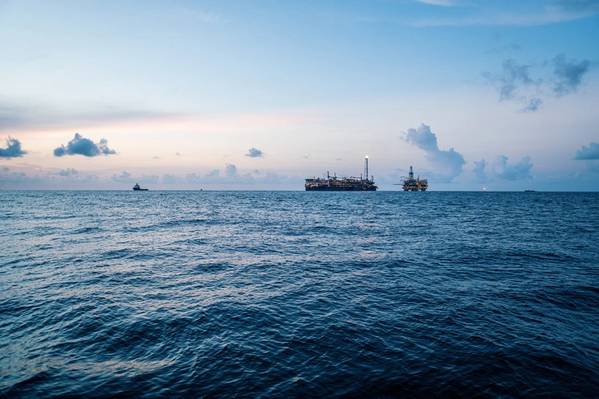
OPEC+ will consider extending voluntary oil output cuts into the second quarter, three OPEC+ sources told Reuters, to provide additional support for the market, and could keep them in place until the end of the year, according to two of them.
Last November, the Organization of the Petroleum Exporting Countries and allies led by Russia agreed to voluntary cuts totaling about 2.2 million barrels per day (bpd) for the first quarter this year, led by Saudi Arabia rolling over its own voluntary cut.
Oil prices have found support this year from rising geopolitical tensions due to attacks by the Iran-aligned Houthi group on Red Sea shipping, although concern about economic growth and high interest rates has weighed. Brent crude LCOc1 was trading near $83 a barrel on Tuesday.
Extending the output cuts into the second quarter is "likely", one of the OPEC+ sources, who declined to be identified by name, said. Two of them said a longer extension until the end of the year was possible.
OPEC and the Saudi Energy Ministry did not respond immediately to requests for comment.
Under the current agreement, the total cuts by the group are set to decline 3.66 million bpd from the beginning of April.
OPEC+'s de facto leader Saudi Arabia has said that the cuts could continue past the first quarter if needed.
The issue has yet to be discussed formally by OPEC+, two of the sources said. A decision on extending the cuts is expected in the first week of March, sources have said, with individual countries expected to announce their decisions.
OPEC+ has implemented a series of output cuts since late 2022 to support the market, amid rising output from the United States and other non-member producers and worries over demand as major economies grapple with high interest rates aimed at curbing sticky inflation.
OPEC+ is facing a flood of U.S. output. The U.S. has become biggest European oil and liquefied natural gas supplier after Russian sanctions and Middle East supply disruptions due to Red Sea attacks.
The oil demand outlook is uncertain for this year. OPEC expects another year of relatively strong demand growth of 2.25 million bpd, led by Asia, while the International Energy Agency expects much slower growth of 1.22 million bpd.
(Reuters - Reporting by Olesya Astakhova, Alex Lawler and Ahmad Ghaddar, additional reporting by Maha El Dahan, Editing by Dmitry Zhdannikov and David Evans)



